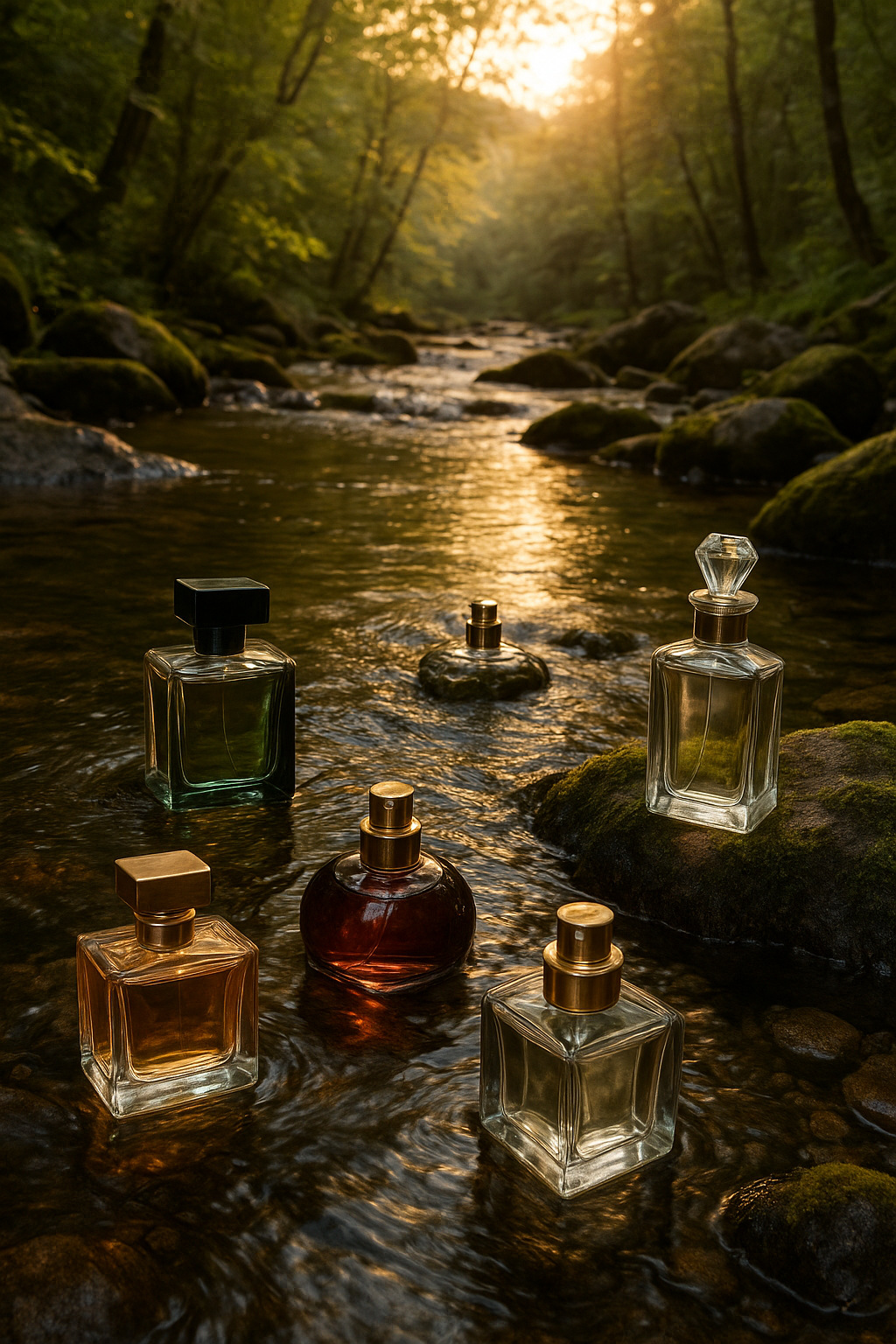 The annual ranking of the 100 largest beauty companies reveals a changing industry, confronted by a tense geopolitical context, rapid technological advances and more complex consumer behaviors.
The annual ranking of the 100 largest beauty companies reveals a changing industry, confronted by a tense geopolitical context, rapid technological advances and more complex consumer behaviors.
Key figures :
Total sales of the Top 100 reach $252.09 billion, up 2.8%, a slowdown from 5.3% in 2023.
L’Oréal still dominates with 18.7% of total sales.
The top 10 companies account for 58.5% of the total, down slightly.
General trends :
73% of companies saw their sales grow, but only 29 posted double-digit growth (versus 37 in 2023).
17 companies recorded a drop in sales, 7 of them by more than 10%.
Notable winners:
Puig enters the Top 10 thanks to its performance in perfumery and skincare.
L’Occitane moves up 2 places with the success of Sol de Janeiro.
Proya, the first Chinese brand to enter the Top 30, moves up 8 places.
E.l.f Beauty and Cosnova become billionaire brands.
New entrants:
D&G Beauty, Mao Geping, Auréa Group, Shein (via Sheglam) and AS Beauty make their debut, illustrating the rise of new market dynamics.
Stock market and valuation:
A difficult year on the stock market: only 15 out of 49 listed companies saw their value increase.
Victoria’s Secret & Co. stands out positively.
21 companies suffered double-digit stock market declines, with sharp falls for Estée Lauder, Shiseido, Olaplex, Nu Skin and others.
This report shows an industry that is resilient, but losing speed, marked by increased concentration, strategic mutations and the need to adapt rapidly to new consumer expectations.
